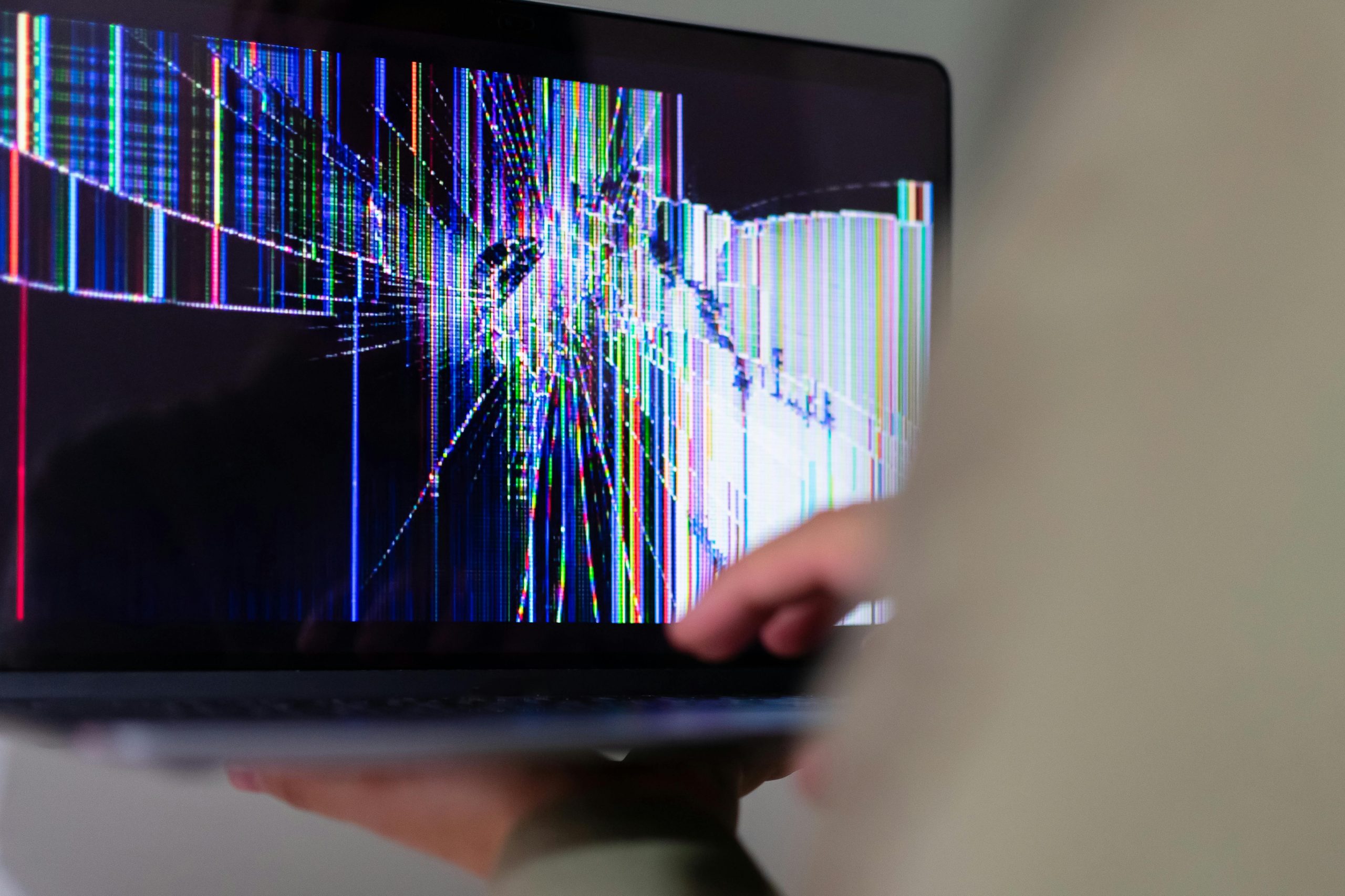Troubleshooting Post-Repair Screen Issues on Your Pixel 8: Should You Reinstall the Original Screen?
Recent smartphone repairs can sometimes introduce unexpected issues, leaving users wondering about the best course of action. If you’ve recently had your Google Pixel 8 repaired and are experiencing lagging performance and auto-typing phenomena, it might be related to the screen replacement process. Here’s a detailed look at the situation and guidance on how to proceed.
Understanding the Initial Issue
The original problem involved a pink line flickering across the Pixel 8’s display. Such hardware anomalies are often caused by display connector issues, defective screens, or internal component failures. Repair shops typically replace the faulty display to restore device functionality.
The Repair Procedure and Post-Repair Symptoms
A local technician replaced the damaged screen with a new one. However, after this repair, the device exhibited significant performance degradation — it became sluggish, lagging during navigation and app usage. An additional concern arose with auto-typing, where the screen registers keystrokes without user input, disrupting normal operation.
Possible Causes for New Issues Post-Repair
These symptoms suggest that the new screen installation might have inadvertently affected other device components or connections:
- Loose or Improperly Connected Cables: The display connectors may not be seated correctly, resulting in touch sensitivity issues or system lag.
- Hardware Compatibility or Quality Concerns: The replacement screen itself could be of subpar quality, leading to performance problems.
- Internal Damage During Repair: The repair process might have inadvertently affected internal components, such as the digitizer or motherboard connections.
- Software-Related Glitches: Sometimes, hardware changes require software resets or updates to function optimally.
Offering to Reinstall the Original Screen
The technician has proposed reinstalling the original display, which has no cracks, and providing a refund. This is a prudent step to determine whether the new screen installation caused the issues.
Should You Reinstall the Old Screen?
Reverting to the original display may help identify whether hardware or installation issues are responsible. However, keep in mind:
- Potential for Further Hardware Disruption: Reinstalling the previous screen might temporarily resolve the issues if the new screen was faulty, but the process could also risk damaging connections if not performed carefully.
- Compatibility and Hardware Limits: The old screen, having been replaced previously via a different repair, might have existing issues or be incompatible with recent updates.
- **Device Stability and Safety
Share this content:



